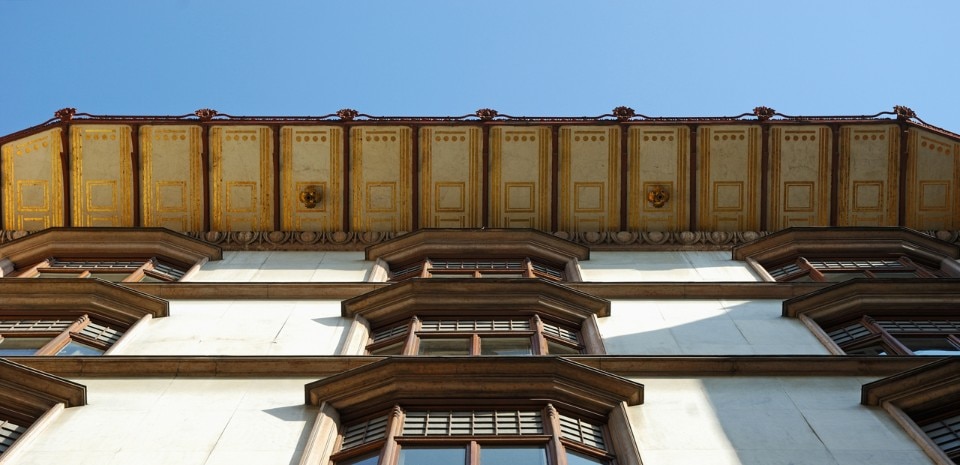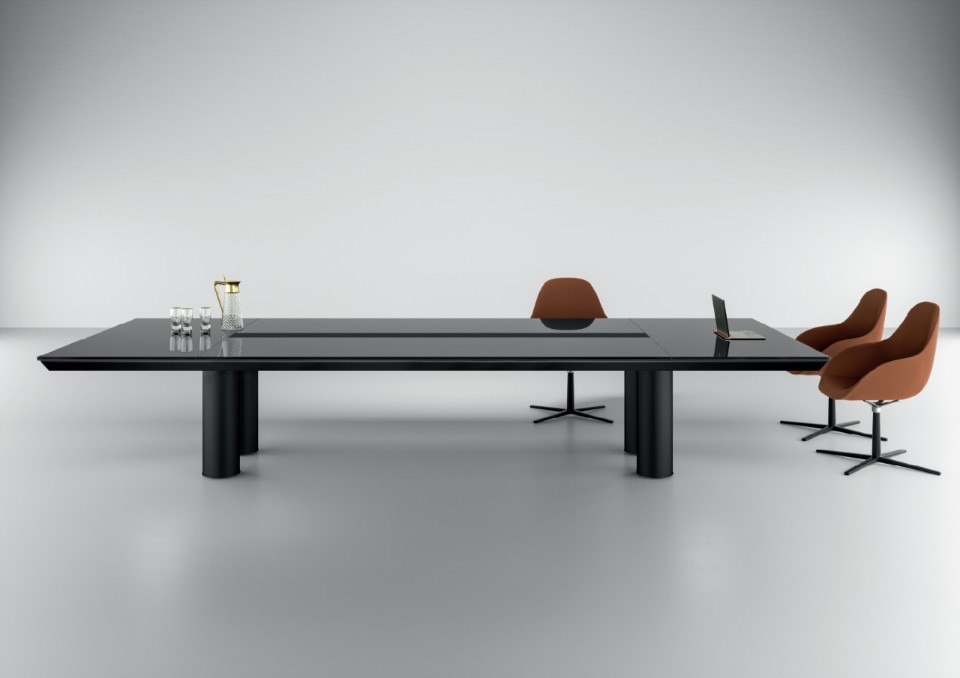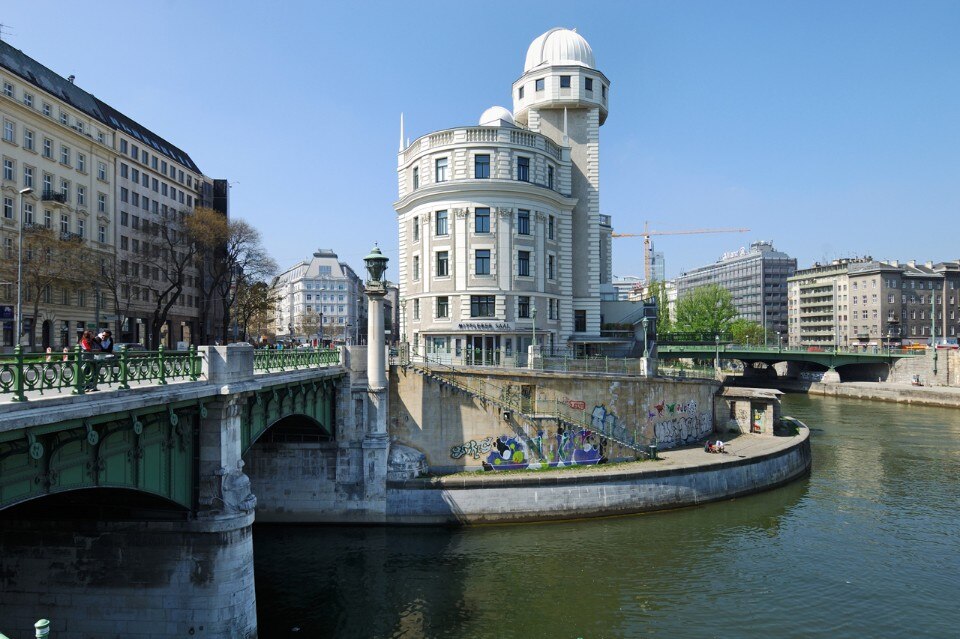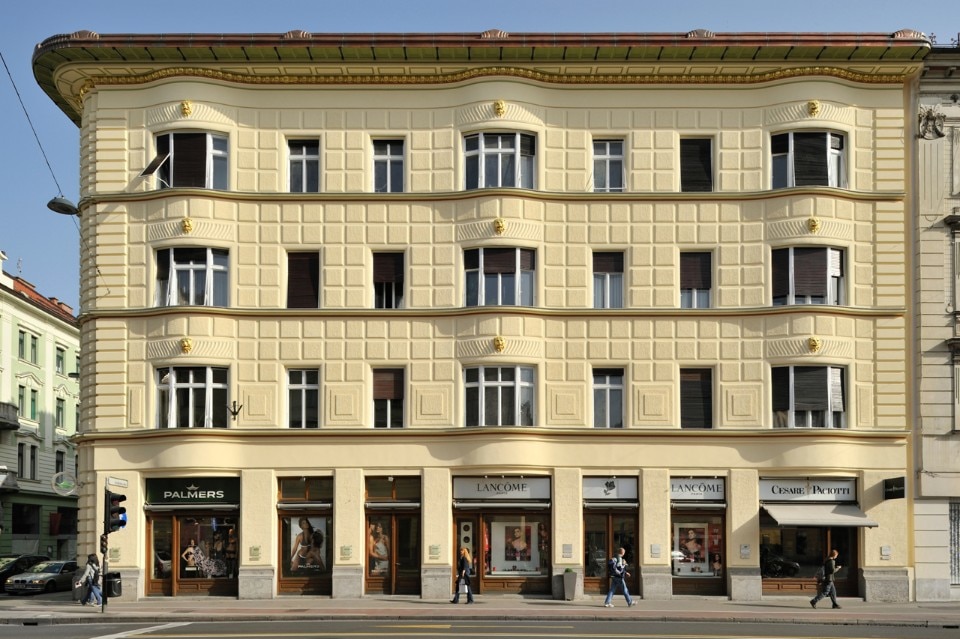
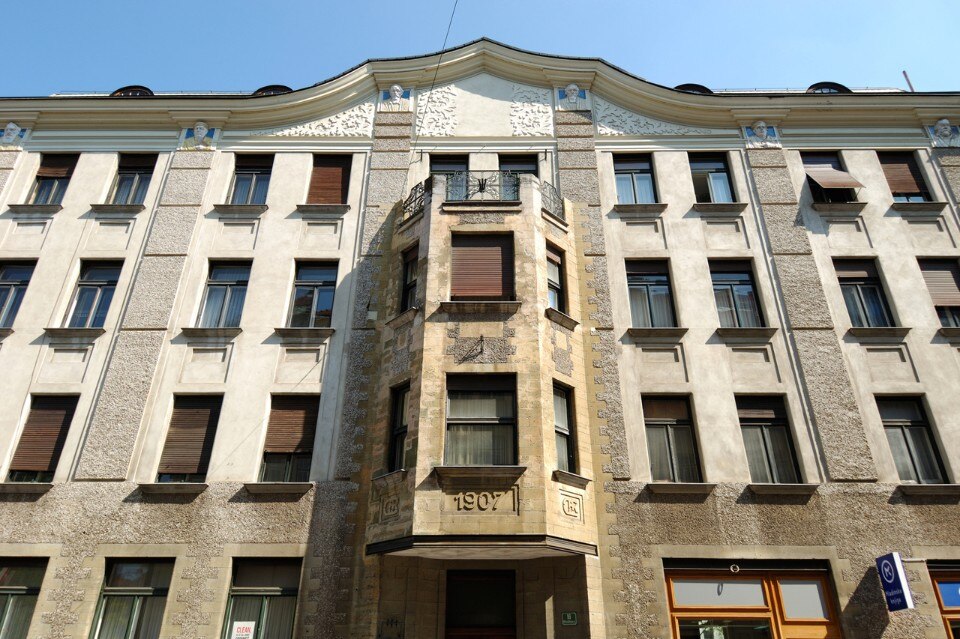
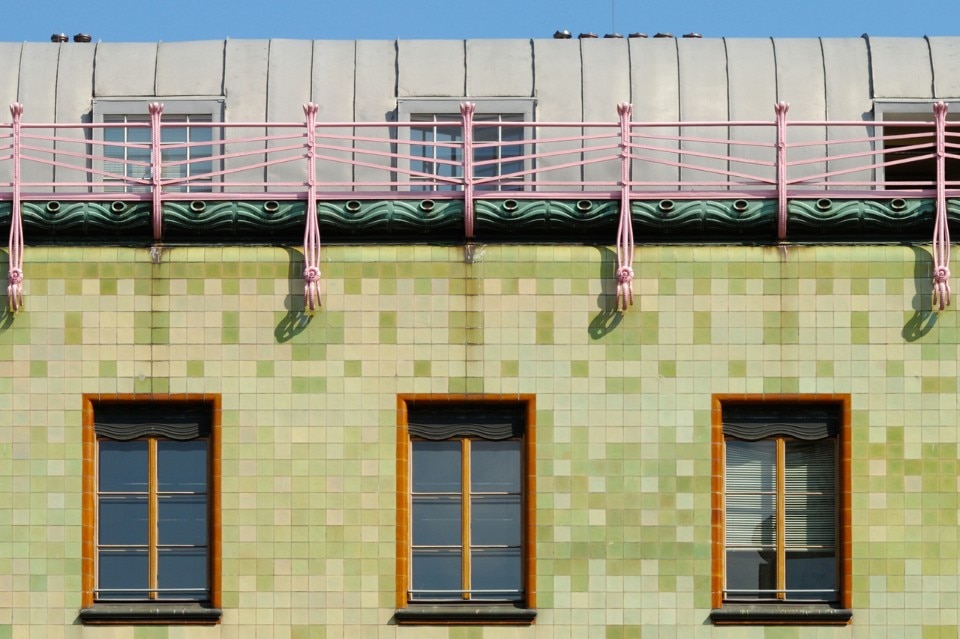
22 october – 30 November 2015
Max Fabiani. Architect of the monarchy
Curator: Andrej Hrausky
Project coordination, Az W: Alexandra Viehhauser
Architekturzentrum Wien
An exhibition by: the City Ljubljana
Supported by: Skica — The Slovenian Culture and Information Centre, Vienna; The Embassy of the Republic of Slovenia in Vienna; The Culture Ministry of the Republic of Slovenia
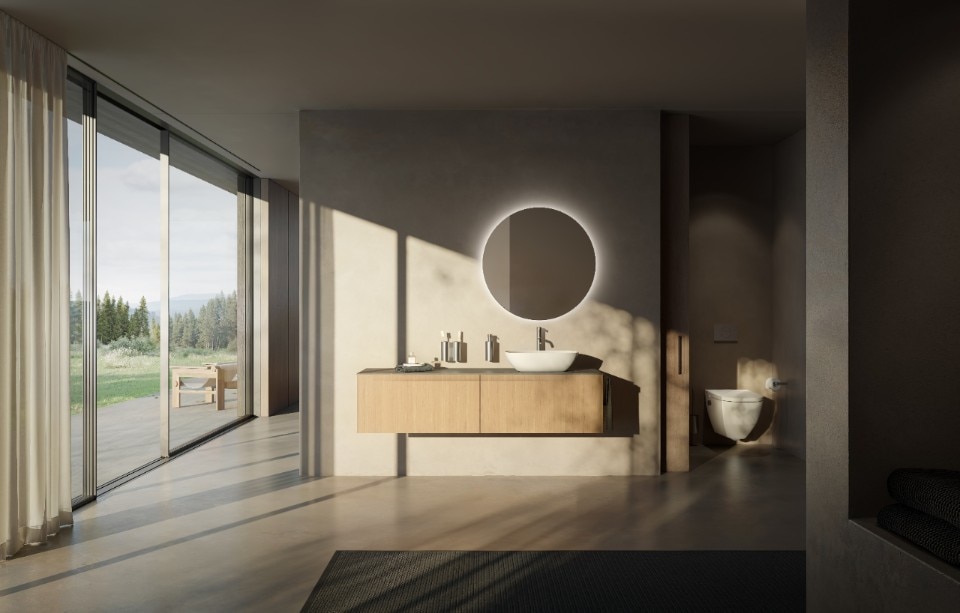
The Bathroom becomes an oasis of well-being with Laufen
Laufen continues to innovate, elevating the bathroom environment to the heart of daily well-being with two new collections: ARUN and CLEANET AURIA.



